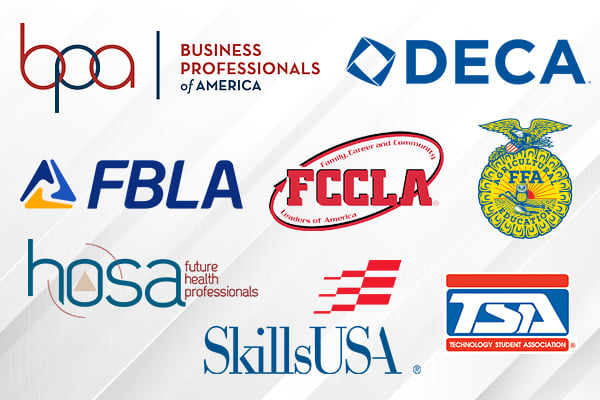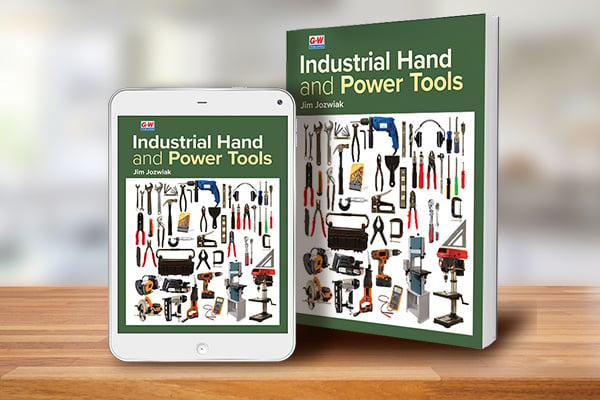Let’s look at three steps to help students achieve their Learning Outcomes (LOs) through assessments:
- Identify the different assessments that you can use
- Analyze the alignment between assessments and LOs
- Develop strategies to accurately measure learning
Identify various types of assessments and their appropriate uses. Using a variety of assessments gives you an opportunity to evaluate comprehension from different angles and play to students’ different strengths and learning styles.
Traditional Assessments are a good way to measure student achievement against common standards, specific content, and skills. These include:
- Standardized Tests—large-scale assessments, such as state assessments and college entrance exams.
- Written Tests—exams, quizzes, and essays.
- Performance Tasks—presentations, reports, or experiments.
 You might start with Traditional Assessments and add in Alternative Assessments to assess deeper understanding, such as:
You might start with Traditional Assessments and add in Alternative Assessments to assess deeper understanding, such as:
- Portfolios—a collection of work that demonstrate growth and learning over time.
- Projects—long-term assessments that require students to research, analyze, and synthesize information.
- Oral Presentations—requiring students to communicate their ideas clearly and effectively to an audience.
These authentic assessments incorporate real-world tasks and problem-solving activities to assess students' application of knowledge. They also offer students some choice in how they demonstrate their understanding.
Analyze the alignment between assessments and LOs.
To ensure effective assessment, it's crucial to maintain a direct alignment between the assessment and the learning objective.
- Direct Alignment: The assessment should target the specific skills or knowledge outlined in the learning objective.
- Avoid Misalignment: Ensure the assessment doesn't measure something unrelated or tangential to the objective.
- Clarity and Specificity: The learning objective should be clear and specific, serving as a roadmap for both teachers and students.
Develop strategies for creating effective assessments that accurately measure student learning.
- Student Readiness: Consider the students' prior knowledge, skills, and abilities.
- Challenge and Support: The assessment should be challenging enough to stimulate thinking but not so difficult as to frustrate students.
- Differentiation: Offer opportunities for students to demonstrate their understanding at different levels of complexity, allowing for differentiation in instruction and assessment.
If you are looking an easier way to incorporate assessments into your course, take a look at the brand new G-W Assessment platform, now available with our 2026 titles.
 G-W Assessment provides a significantly improved assessment experience! Educators will no longer have to manage downloads, uploads, or imports of assessments—often a confusing and frustrating process. You can now easily access the G-W Assessment platform with a click of the mouse, and start customizing, assigning, and printing your assessments right away! Integration with your LMS or Google Classroom provides even more benefits, including auto grading and advanced reporting to track student progress against learning outcomes.
G-W Assessment provides a significantly improved assessment experience! Educators will no longer have to manage downloads, uploads, or imports of assessments—often a confusing and frustrating process. You can now easily access the G-W Assessment platform with a click of the mouse, and start customizing, assigning, and printing your assessments right away! Integration with your LMS or Google Classroom provides even more benefits, including auto grading and advanced reporting to track student progress against learning outcomes.
Interested in learning more? Contact your G-W Educational Consultant or complete this form today.





